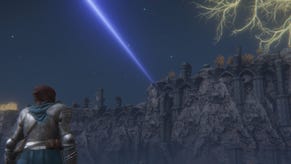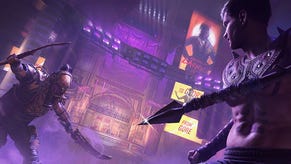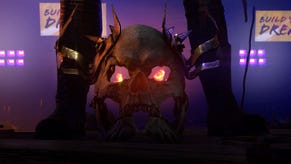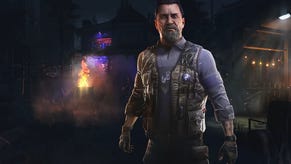Dying Light 2 review – unique and exhilarating, messy and uneven
An exhilarating, much-improved sequel that hasn’t quite found its identity
Shortly after you arrive in the city of Old Villedor, a scatty, desperate man approaches you. He needs to prove his worth as a craftsman’s apprentice and has settled on a foolproof plan: using electrical fencing to stimulate the neighborhood’s goats into producing more milk. A few misadventures and one fatally overstimulated goat later, you hold in your hand the resulting creation: something messy, but still close to brilliant.
Dying Light 2 is much the same. Techland improved on the original Dying Light in almost every way, with a more thoughtful scenario that distinguishes it as more than just a parkour twist on the zombie genre. It also fries some of its goats along the way, with unclear vision and a reluctance to let its unique traits shine.
Kyle Crane saved the city of Harran in Dying Light, and you quickly learn that amounts to nothing. The Global Relief Effort (GRE) – Dying Light’s callous group of researchers ostensibly trying to find a cure for the zombie infection – succumbed to the temptation of power and plunged the world into another outbreak. The fortunate cities, such as Villedor, suffered chemical bombings and a descent into anarchy, as first one governing body then another disbanded and left everyone else scrambling to survive.
The GRE’s downfall is a well-worn zombie trope, but it gives Dying Light 2 a greater sense of substance, at least. While the original game suffered from a paper thin story, it’s evident Techland put more thought into creating an interesting world with its own rich backstory for the sequel. The primary focus is Villedor itself, though; a gigantic city that’s both prison and home to tribes of infected humans trapped behind its walls, vying for control over land and resources.
Into all this leaps Aiden, Dying Light 2’s hero and Techland’s answer to complaints against Kyle Crane’s static personality. Aiden has his own mission connected to horrendous experiments he and other children were subjected to by the GRE, but gets pulled into Villedor’s struggles during his journey. The balancing act is a bit messy, as Aiden’s broader goal often gets lost in the moment-to-moment drama in the city. However, his characterisation and Jonah Scott’s excellent vocal performance make that easy to overlook.
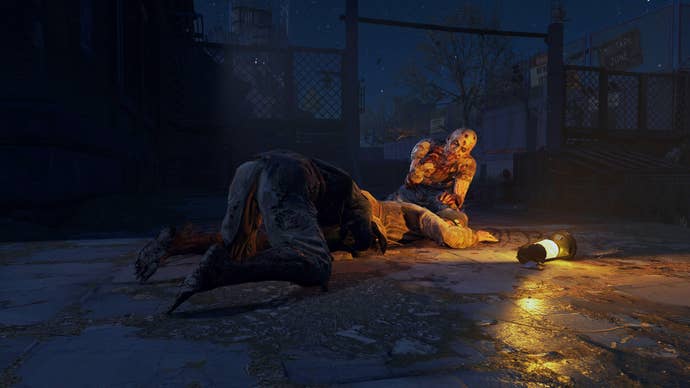
Despite some strong work on the character to begin with, one of Dying Light 2’s biggest sins is Aiden himself. We see through Aiden’s eyes, yet we never have a chance to understand who he is. To the story’s – and Scott’s – credit, you as a player still feel a connection with Aiden despite never really getting to know him properly. I’d like to have seen Techland go deeper with its new protagonist, and perhaps develop him as much as it developed Villedor itself.
The same goes for the broader story and characters – especially in your first few hours confined to the district of Old Villedor. The idea is seemingly to introduce you to a condensed version of the city’s struggles and give Aiden a large parkour playground to learn in. The actual result of this on-boarding is a sluggish narrative that sends you back and forth across the region’s five same-y sectors to the unending chorus of pings alerting you to a nearby encounter or loot stash. With its shallow quests, illusion of choice, and endless distractions, it seems – initially – like the worst kind of open-world filler.
And then suddenly it isn’t. The events propelling Aiden into both Dying Light 2’s second half and Villedor proper are surprisingly gripping after those languid opening hours. When you finally enter the city, the first view of downtown Villedor is stunning – you glimpse it from a skyscraper’s rooftop garden, right before hurling yourself off the edge and hoping your paraglider works as intended. You can see the game open up for you in this moment, it’s just a shame it took so damn long.
The bigger city is infinitely more interesting in its layout, and exploring it is an absolute treat during the day (and a tense thrill at night). The pacing picks up significantly once you gain more freedom to explore, as does Techland’s worldbuilding: faction conflicts grow more desperate and destructive, the disturbing facts behind Aiden’s trauma become inextricably tied to the city’s fate, and the narrative ends up going in a direction that – while not entirely unexpected – is still satisfying and well executed.

As spectacular as the later game’s setpieces are, it’s the quiet moments that stuck with me most and made me wish Techland had opted for a more refined approach to Dying Light 2 overall.
One side quest, for example, involves a timid painter asking for help obtaining the right shade of red. He admits he’s been feeding a massive infected in the hopes of using its blood for the coloring and asks you to kill it for him. It’s a strange juxtaposition that speaks volumes about life in Villedor and the struggles its people face, arguably more so than the drawn-out water tower fight in the game’s first half.
Nearby, I found a rooftop camp where a small crowd had gathered around a storyteller excitedly recounting the legend of a famous Nightrunner who fought for survivors and gave them safe places to live in the city. It’s not even tied to a quest. It’s just a brief glimpse into the world Aiden’s risking his life for. These moments are few, though, and even the more meaningful quests have no lasting effect outside of giving you new gear – no change in how you interact with the city or its people.
Techland has the pieces of a fascinating world and one of the most unique takes on zombie survival, but never quite uses them to their full effect. I can’t help but wish that, in place of the more standard quests and efforts to make the world feel big, the team had focused on what makes it special instead.
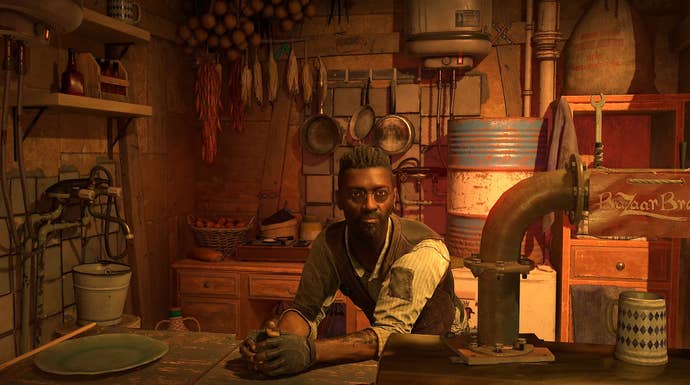
Mechanically, Dying Light 2 is also surprisingly conservative – especially in contrast to the first game – but it does innovate in a few key ways. The day/night system remains largely the same as that in the original. Infected become significantly more dangerous after sunset, and the new Howler infected variant summons a horde of zombies that chase you across the city until you reach a safe zone. But what’s more interesting is the implication of being in the dark too long.
Because you’re infected, you can only survive as a human for a few minutes without needing UV light or special items to restore immunity. It’s a smart design choice that changes not just how you plan your quests and exploration, but how you interact with the city as well. Areas you might normally ignore – abandoned homes where the UV lights still shine or out-of-the-way safe areas – become vital stops on your route, often at the risk of exposing yourself to Howlers.
Combat remains the same as the original Dying Light, broadly speaking, but some minor tweaks and iterations make it more enjoyable. Weapon mods serve a greater purpose and let you attach flamethrowers and freeze beams (among other things) to gain a strategic advantage in tough battles. The city’s layout means most battles are never straightforward; verticality, opportunities for stealth, and that now-classic parkour focus weave together to give an extra layer of strategy to even the most bog-standard bandit encounters.
Less enjoyable were the bugs and glitches I encountered throughout Aiden’s odyssey, including some rather problematic ones. The audio randomly cut out at certain points, usually during a fight, and it was a gamble whether the paraglider would work or not – probably not the kind of survival tension Techland had in mind. There was also some screen tearing on Xbox Series S, and a tendency for fast travel locations to disappear. The developers already released a patch during the review period, and I’m hopeful these issues will be ironed out at or soon after launch.
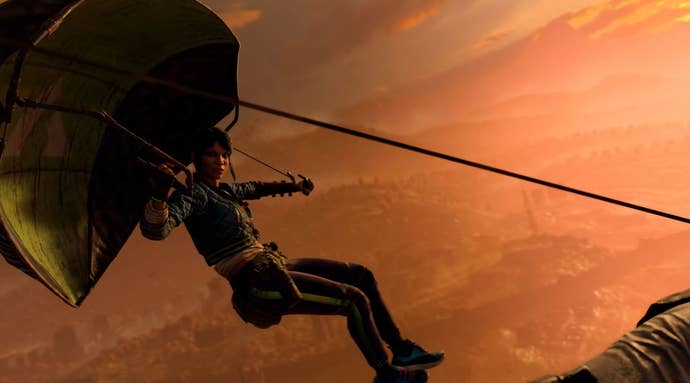
Dying Light 2 is messy and uneven. It’s also unique, exhilarating, and just plain fun to play, with one of the best settings in recent memory – despite the nagging feeling that the game could, and should, be more than what it is. Techland has made great strides forward with the sequel, but it’s clear the future of Dying Light can’t be just about making a bigger city to climb around in. The sequel has given the series some good breadth – now it just needs some proper depth.




